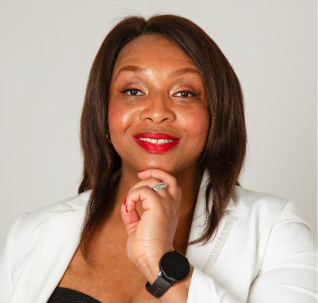Finally, after centuries in journalism schools, conferences and seminars, the inverted pyramid style of news writing is on its last legs. Dying out, the ghosts of this method can often be seen in traditional newspaper writing and radio bulletins. Don’t take my word for it; there’s a whole raft of academic papers and features on this – I just did not put any links here so you would not leave this page, before reading my tips to make sure your news writing skills do not die as well.
The largest nail in the coffin for the inverted pyramid method is social media. In a world where everyone is a news aggregator and influencer, we are forced to go beyond the “who, what why and where” order to attract readers. Here’s how to upgrade your writing.
1. Provide rare access
If there was a bombing, chances are that you already know where, like the millions of people online who read a tweet from a victim – or that while you are writing, some other outfit has broken the death toll. In your writing, you need to give a descriptive, rare inside look at the hospital ward, or that street – paint a picture.
|
Pyramid |
Rare access |
|
“15 people died this afternoon at XYZ hospital in ABC city…”
|
“Bloodied corridors remain awash with remains of the dead, as 15 people died in a bombing….”
|
|
“Lawmakers have voted against third terms of office this morning in the capital.” |
“Amid shouting and bouts of physical fighting, lawmakers voted against third terms of office this morning, in the capital.” |
The secret is to keep it simple: use one image, follow with the “who,” “what,” “where,” and add further “images” in other paragraphs.
2. Contextualise it
The best journalists give the audience what they need before the people realise they want it. Even though people have tweeted and are re-tweeting the “who, what, where”…we can still claim the “how” and “why?” and lead with that in writing.
|
Pyramid |
Context |
|
“The US president has announced a rise in visa fees for 8 countries.” |
“Kenyans, Nigerians and Egyptians are three of several countries that will pay 50% in US visa fees from September, after an announcement by the US president.” |
3. Impact
The last bastion of advantage journalists and journalism have is expertise; we either know experts on every aspect of human endeavour or we are the expert. So, one way to stand apart is thinking of the “what next?” when news has already broken.
To go back to the bombing, the time you hear the news is when to contact officials and people either directly in line for the consequences, or who can reliably foresee the consequences.
|
Pyramid |
Impact |
|
“15 people died this afternoon at XYZ hospital in ABC city.”
|
“Blood banks in ABC city could dry up in 72 hours, after 15 people died this afternoon, at XYZ hospital.”
|
In your next sentences, name the official or person making this assertion and highlight why they are qualified to do so. Are they an expert, or have first-hand experience of the issue? Say so.
– END
Ruona J. Meyer is an award-winning Multimedia journalist with over 15 years’ experience in print, radio, wire agencies & digital outlets across different continents. Her passion for journalism knows no bounds as she is a seasoned professional who is not afraid to go where many dread. Her recent work titled “Sweet Sweet Codeine” explored the effects of codeine use on addicts who live in the Northern part of Nigeria and spurred the government and pharmaceutical organisations into taking necessary action. Ruona lives in Germany.




7 Responses
Awww this is so much free training online. Thank you for the article
Aww this is so much free training online.Thank you for this article.
Aww this is so much free training online.Thank you for this article.
Very helpful post. Use of imageries infused with facts always works better.
Very helpful post. Use of imageries infused with facts always works better.
Thanks for the tips. Very helpful.
Thanks for the tips. Very helpful.